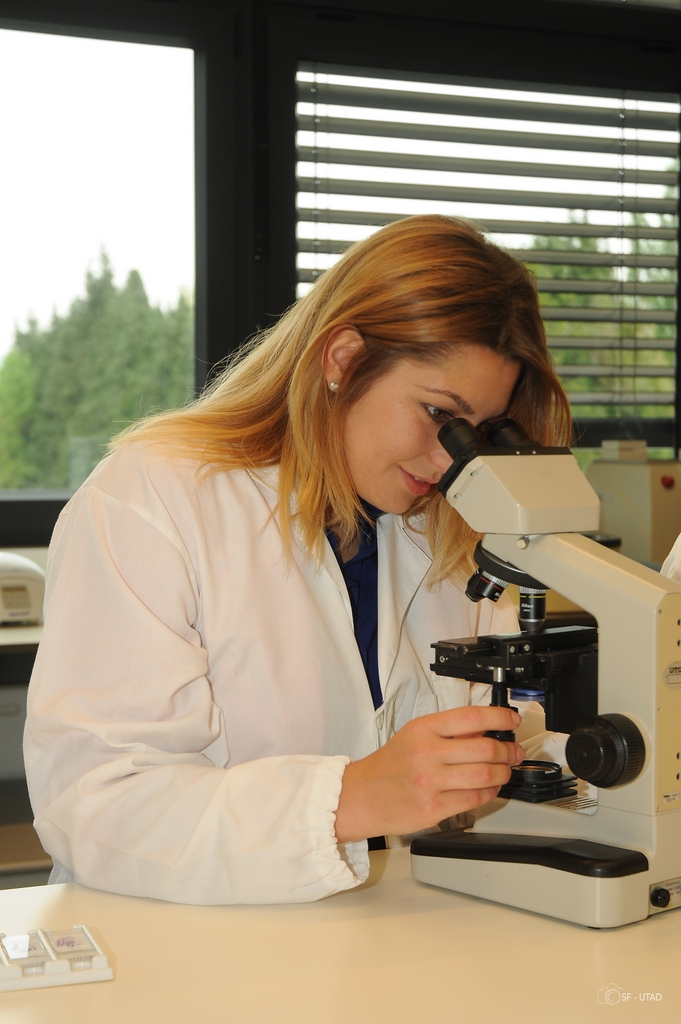By Alis-Luciana Petrescu Bakış
This blog post is based on a recently published manuscript in the journal Ecological Indicators (https://doi.org/10.1016/j.ecolind.2020.107012). Our work comes in the context of the objective, set by the European Union, to halt biodiversity erosion in agricultural landscapes. Multifunctional agri-environment measures, compatible with modern farm management, should be tested and prove effective to reverse the ongoing declines in biodiversity and ecosystem services. We suggest using straightforward methodologies coupled with ecological indicators to project biodiversity trends. In this way, we outline an innovative hybrid framework integrating monitoring, statistics and spatiotemporal modelling procedures to predict the response of biodiversity indicators to farm management options in a viticultural landscape of Portugal, the Demarcated Douro Wine Region.

The research was developed under the Ecovitis project (http://www.advid.pt/ECOVITIS – “Maximizing ecosystem services in Demarcated Douro Region vineyards”), whose scope was the identification, creation and assessment of ecological infrastructures and farm management strategies for maximizing the ecosystem services provided by the vineyard landscapes. The Ecovitis project was a collaboration between Companhia Geral da Agricultura das Vinhas do Alto Douro, S.A. (Real Comanhia Velha- RCV), Sogevinus Quintas S.A. (SGV), Associação para o Desenvolvimento da Viticultura Duriense (ADVID) and Universidade de Trás-os-Montes e Alto Douro (UTAD) and 6 farms were involved: Quinta das Carvalhas, Quinta dos Aciprestes, Quinta de S. Luiz, Quinta da Granja, Quinta do Cidrô and Quinta do Arnozelo:

The framework and indicators used were considered relevant for biodiversity assessments in vineyard landscapes, namely by the response obtained to contrasting on-farm implemented environmental management options. Also, the results indicate that specific land use and management practices are intimately linked with concomitant ecosystem services. The original approach sets a promising baseline to support management practices and options for agricultural landscapes, reconciling production and biodiversity conservation efforts in agroecosystems. Moreover, the results depicted by the framework proposed, easy to be understood and communicated to farmers and decision-makers, can also be used as complementary tool in supporting managing decisions such as the design and the implementation of agri-environment schemes, ecological infrastructure implementation and win-win management practices. Although our manuscript depicts a case study, the method can be improved with additional information and calibrated to other regions and circumstances.


See Alis-Luciana Petrescu Bakış CV HERE.

